


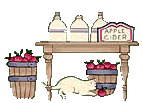


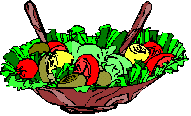


Pruning is mandatory for grape vines. They need very specific care. Lorraine has experience in this as she consulted with an expert recently so if you have any questions or need advice, please drop us a line at our E-Mail addrerss (on the bottom of every page) and she'd be happy to help!

They need to be well watered and adequate nutrients added to the soil as well as good spacing in the garden. It is important not to disturb the roots while they're growing or they will not fully develope. We both suggest you try them out in your garden for something new and tasty. Kids love it too!


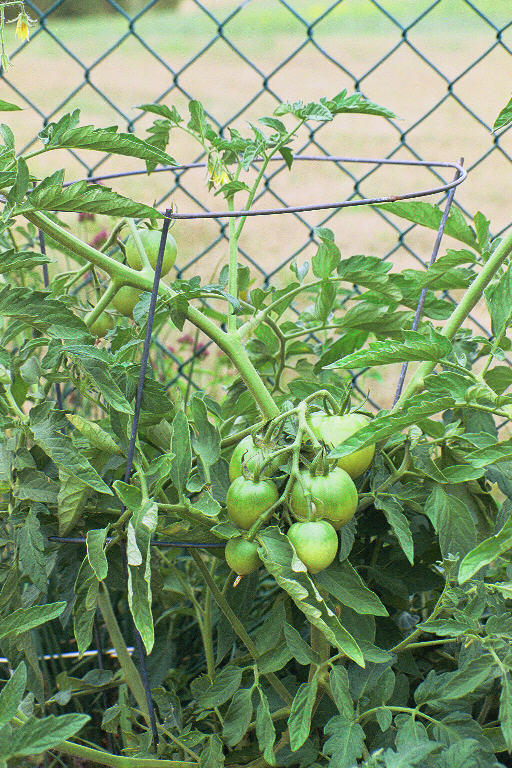
The tomato's worst enemy is the Horn Worm. It starts off so small you can barely see it. But as it eats your plant and fruit, it becomes very large. Being the same green as the plant, it's hard to spot initially, but if you give the tomato plant a shake, you will hear it clicking or ticking at you. It does not like to be disturbed as it gorges on your plants. The only thing to do is to get it off of the plant as soon as you see it and kill it. We haven't figured out a good way to stop them from coming altogether, but if you have an idea, please share it with us!
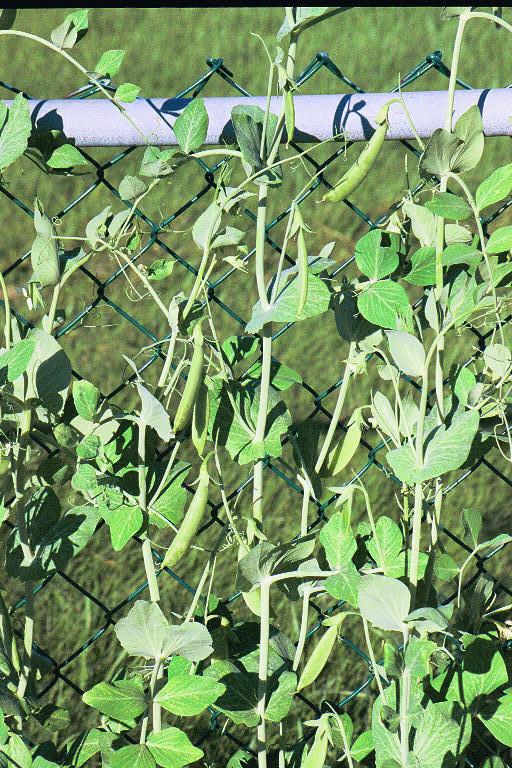
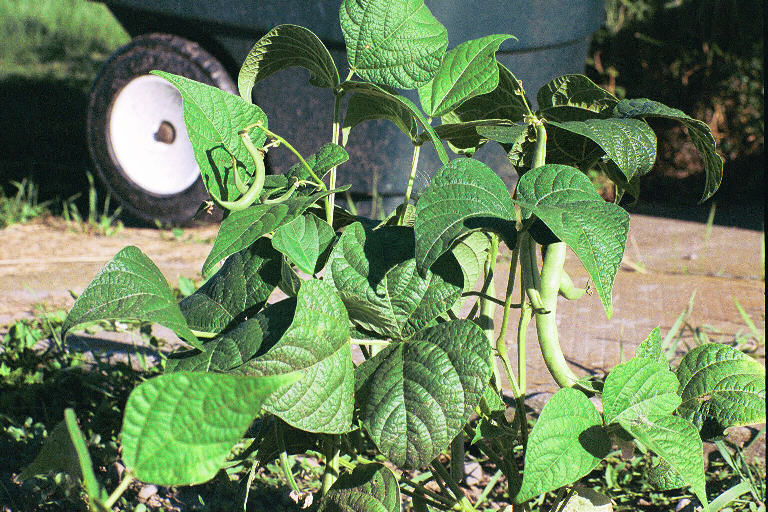
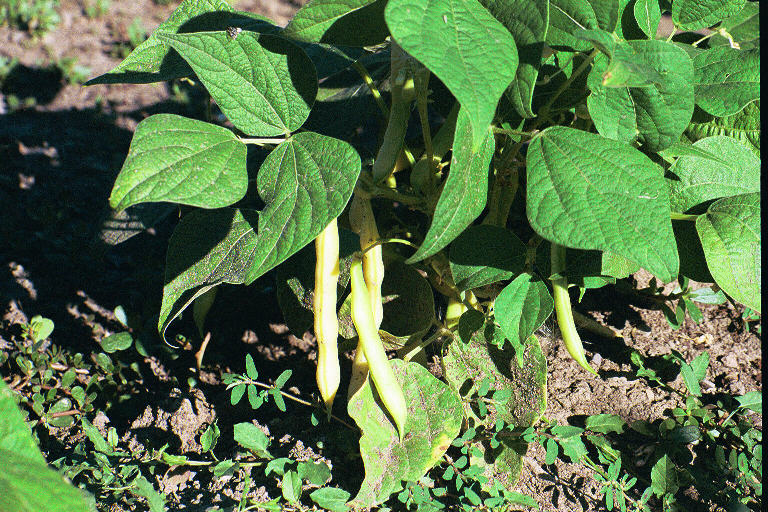


© 1998, 1999, 2000, 2001, 2002, 2003, 2004, 2005, 2006
